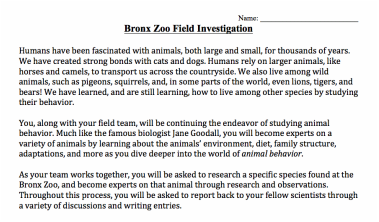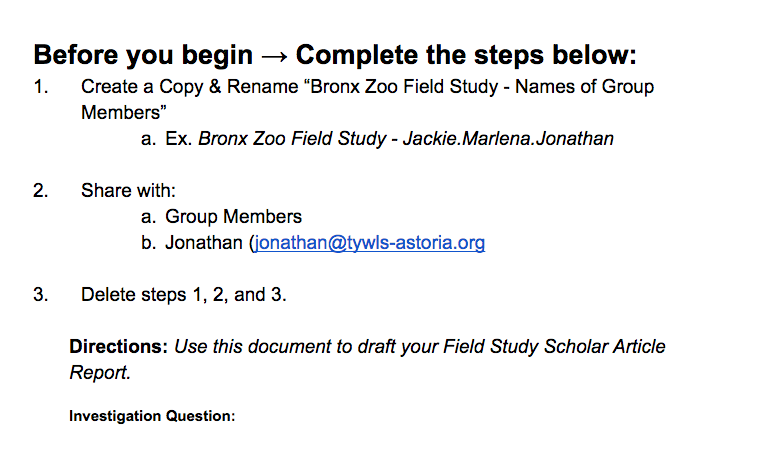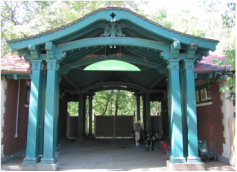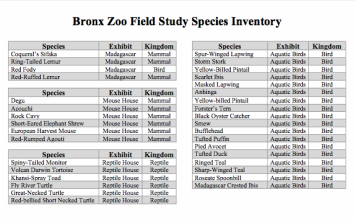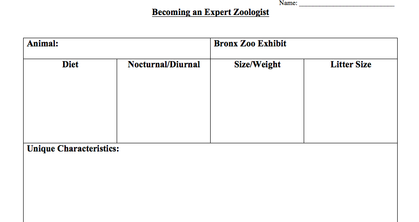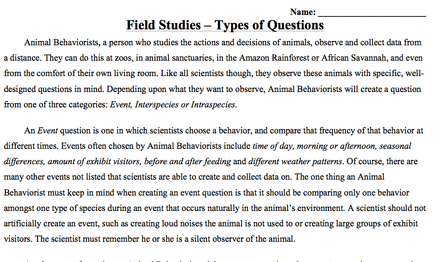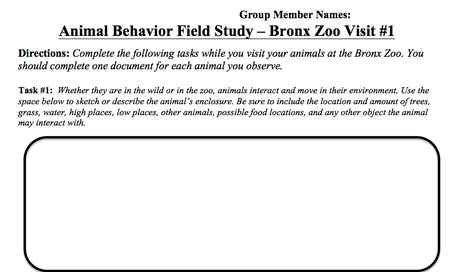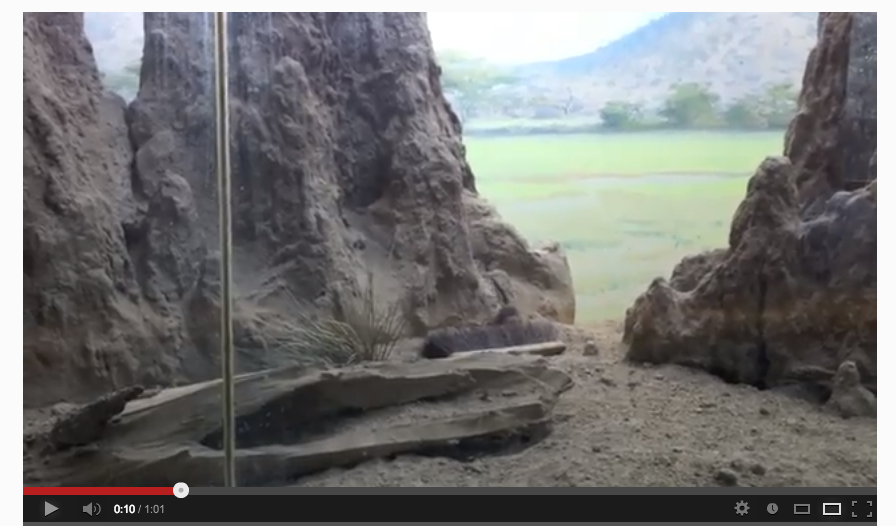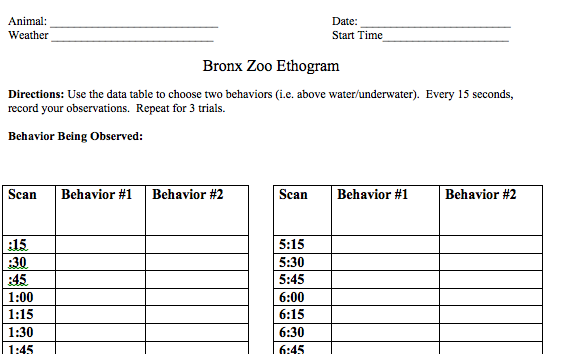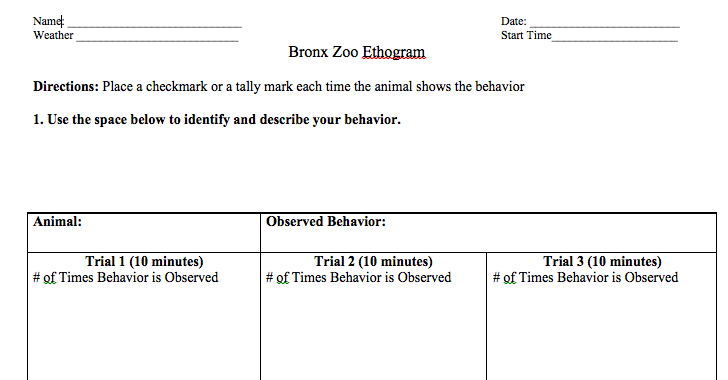Bronx Zoo Field Studies
Project overview |
Field Study Scholarly Article Template |
Student Models
- Example #1 - How much more active is the Ring-Tailed Lemur compared to the Coquerel’s Sifaka?
- Example #2 - How does the gender of the Toco toucan affect their frequency of jumping?
- Example #3 - How does the rate of wing movement differ between the Victoria Crowned Pigeon and the Crested Guineafowl?
- Example #4 - Which combination of movement does the Ring-tailed lemur use most often during climbing?
Bronx Zoo Animal Inventory
Animal Inventory
Learning about your animals
As you prepare for your next data collection at the Bronx Zoo, it is important that you become an expert on your animals by conducting some background research. The questions below will guide you as you become an expert zoologist
|
Guiding Questions - Animal Fun Facts
|
Guiding Questions - Animal's Diet
|
Research Links
MOre research links
The links below need a password: 23333087556039
Another area that you should become an expert in is the habitat in which your species lives. The questions below can guide you through this research.
habitat research links
Guiding Questions - Habitat
- What is the name of the habitat in which the animal lives?
- Where is the habitat located on Earth?
- How much rainfall does the habitat receive each year?
- What is the average temperature that the habitat experiences?
- Describe the plants and trees that can be found in the habitat.
- What other animals might your animal encounter in its habitat?
Graph Tutorials
|
Creating a Graph in Google Docs
|
Editing the Graph and Inserting it into a Google Doc
|
Developing Questions
Ethograms
Background Data EthogramEthogram practice videos |
Comparing Behaviors EthogramBehavior Scanning ethogram |
